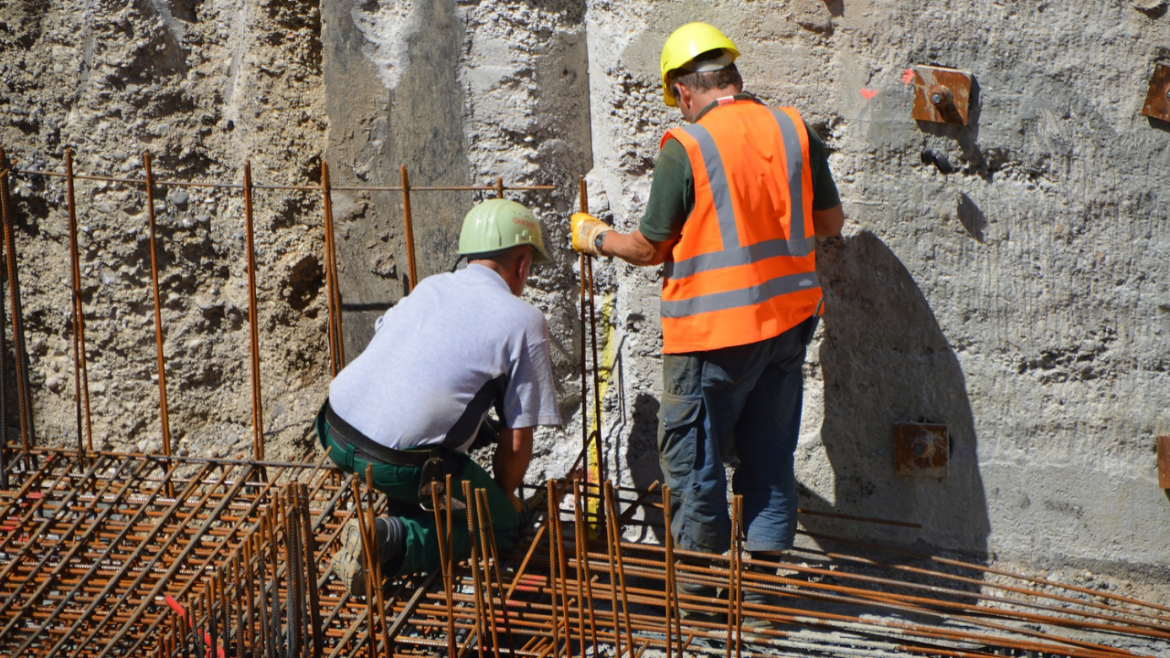
Aside from structural designing, one of the duties and responsibilities of the Structural Engineer is to manage and supervise site activities related to structural aspects. This is to ensure that everything executed in the site is in compliance with the approved drawings. When you are working on a consultant side, some of these tasks involve frequent site inspection/visitation especially in the early stage of construction from excavation to the casting of the roof slab, etc. Site visitation involves site inspection of the current construction activity and doing so, you should equip with proper understanding and technical know-how to make sure that everything is in accordance with the approved drawings and will be followed at the site without sacrificing the safety and the overall standard of the design.
Here are the checklists that you need to consider during the site inspection of the structural members during the construction.
1. Excavation
The required formation level or the depth of the excavation level should be properly checked before anything else. This can be measured with reference to the gate level recommended by the authority in jurisdiction, e.g. municipality/city engineer. Here, the soil recommendation report in terms of properly placing and compacting should be properly implemented. The layer of subgrade as per the soil recommendation should be followed at site. Below is the excerpt from the soil recommendation to follow during the excavation.
Figure 1.1
Aside from the recommendation of the soil investigation report, the soil depressions due to the sump pit or an elevator/lift pit should be thoroughly checked by the structural engineer as well. This is to ensure that the angles or bends of steel reinforcement during the rebar installation were properly met. Refer to Figure 1.2 that shows the typical detail of soil excavation in an elevator/lift pit for your reference.
Figure 1.2
2. Footings/Foundations
Once the excavation works have been cleared accordingly, the contractor can now proceed with the rebar works for the footing/foundation. They then request the consultant to check their work at the site. As a consultant, the following are the checklists that we should keep in mind during the site inspection. It assumed that the concrete blinding is already passed the inspection at this time.
2.1 Steel Reinforcements
The first thing to check is whether the steel reinforcement executed of provided as per site condition is matching with the reinforcements stated in the footing/foundation schedule. In terms of the raft foundation, the main mesh reinforcements as well as the top and bottom extras should be provided according to the approved foundation layout.
2.2 Lap Splicing
Enough development length for the lap splice should also be check and not taken for granted to achieved the 100% continuity of re-bars. The lap splicing can be checked as per the approved drawing, usually mention in the general notes otherwise you can verify it using the design code and standards.
2.3 Concrete Cover to Reinforcements
The nominal concrete cover to reinforcements of foundations that are cast against or is in contact permanently with the soil or substructure should be properly checked according to code and standards. It is usually thicker than the concrete cover to the reinforcement of superstructures. It usually ranges from 50mm to 75mm to protect the steel reinforcement for possible corrosion and sulfate attacks that are present in the soil. More detail of the required concrete cover as per ACI318M are specified in the latter part of this article.
3. Tie Beams/Grade Slabs
Just like any other structural member, the first thing to check during the tie beam site inspection is the steel reinforcement. The stirrups/link reinforcements and the number of top and bottom bars laid at the site should check thoroughly against the tie-beam schedule. They should be matching accordingly. The appropriate concrete cover should also be in accordance with code and standards that ranges from 50mm to 75mm as tie-beams are sub-structures which is cast permanently with the soil/earth. The proper alignment should also be considered during the site inspection.
Grade slabs reinforcement should be checked against the main mesh reinforcement specified in the approved drawing. See to it that spacers are provided to maintain the grade slab’s concrete cover to reinforcements.
4. Columns/Shear Walls/Retaining Walls
The columns, shear wall, and retaining walls had the common denominator to check during the site inspection which is the verticality. Aside from checking the required concrete cover and the number of steel reinforcement and the stirrups/link spacing against the structural schedule. The vertical alignment of these vertical members should be taken into consideration prior to the closing of formworks. Starter bars and joint details especially when the columns/walls are eccentric should also be checked during the site inspection as the continuity of columns from lower to the upper floors is important in the verticality. Figure 4.1 below shows the typical column joint connection details as your references.
| none |
|---|
| none |
Figure 4.1
5. Slabs and Beams
The key to checking the suspended slabs and beams during the site inspection is to understand the bar bending details of beams and slab. See to it that you are certain on the slab/beam that you are checking of. The number of steel reinforcements of top and bottom, as well as the extra bars, should be checked and as a consultant, you should be able to demonstrate where is the proper location of each reinforcement according to the structural schedule.
Bar Bending Details in Beams
Arrangement of Reinforcement in Slabs
6. Slab Openings/Parapet Walls
Openings in the slab are always present in the construction as this is to reflect the MEP requirements for air-conditioning ducts, for ventilators, or even an architectural requirement. However, this is always taken for granted during the site inspection. Although it seems a small issue it plays a vital role in the structural stability of the slab itself and therefore should be taken seriously. The main reinforcements of the slab openings should be checked religiously and should be according to approved drawings and if you have doubt about the number of bars required and how it is being placed, as a consultant you have the right to argue and insist on what you thought is acceptable. If the details of the additional extra bars are nowhere to be found, might as well check what has the code says or required or refer to our previous article.
Just like a normal wall, parapet walls should be checked thoroughly if it satisfies the vertical and horizontal spacing against the reinforcement schedule, rebar bends, the development length, concrete covers, and the like.
Nevertheless, considering the checklists stated above also involves the good housekeeping prior to concrete casting. See to it that laitance should be removed and no loose concrete, tie-wires, and other debris that are scattered in the concerned area. Overall safety should also be the top priority over the others.
The minimum cover to reinforcement specified within ACI318M is specified below for your reference.
Cast in place Concrete (Non-Pre-stressed)
- Concrete cast against and permanently exposed to earth. (Examples – cast in place piles, footings, raft foundation and any structure cast against the ground): 75mm
- Concrete exposed to earth or weather:
- Bar Diameter > 16mm: 50mm
- Bar Diameter < 16mm: 40mm
Examples: basement retaining walls, hydrostatic slabs, exposed above-ground structures. Note that Foundations on piles 200mm bottom cover to allow for pile head projection, repair, waterproofing, and placement.
Concrete not exposed to weather or in contact with the ground:
- Slabs, walls, joists:
-
- Bar Diameter > 36mm: 40mm
- Bar Diameter < 36mm: 25mm
- Slabs in Fire (ASCE 29) – 2/3 hrs.: 20/35mm
Figures for cover due to fire (ASCE 29) assume slabs unrestrained, if considered restrained use 20mm, refer to Appendix A, ASCE 29.
- Beams, Columns:
- Ties, stirrups, spirals: 40mm
- Columns – cover to main reinforcement for fire – ASCE 29, 2-3 hrs.: 50mm
- Restrained Beams (width > 180mm) – cover to main bars for fire 2-3 hrs.: 25mm
- Unrestrained Beams (width > 180mm) – cover to main bars for fire 2/3 hrs: 20/45mm
Cast in place Concrete (Pre-stressed)
- Concrete cast against and permanently exposed to earth:75mm
- Concrete exposed to earth or weather:
- Wall panels, slabs, joists: 25mm
- Other Members: 40mm
- Concrete not exposed to weather or in contact with the ground:
- Slabs, walls, joists:
- General: 25mm
- Cover for fire resistance – 2/3 hrs.: 45/60mm
- Slabs, walls, joists:
Figures for cover due to fire (ASCE 29) assume slabs unrestrained, if considered restrained use 20mm, refer to Appendix A, ASCE 29
- Beams, Columns:
- Primary Reinforcement (ASCE 29): 50mm
- Ties, Stirrups, Spirals: 30mm
A more detailed form of the checklist during a site inspection of the under-construction structure is available on our affiliate website. These checklists contain an editable format and templates use in the construction today! It can benefit engineers that are working either in the consultant and the contractor. Check out the figure below to know more!
What do you think about this article? We love to hear from you! Leave a message in a comment section below. You can also follow, like, and subscribe to our social media pages below to be updated with the latest posts.
[DISPLAY_ACURAX_ICONS]


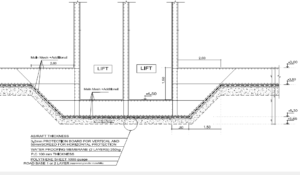
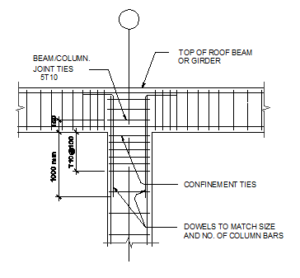
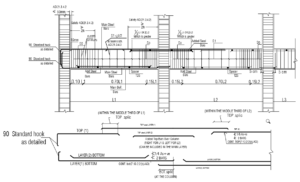
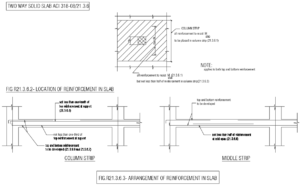
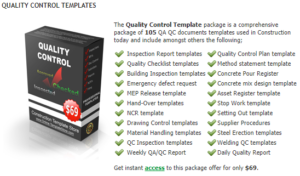
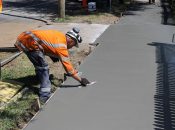
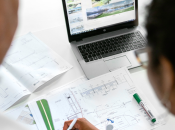



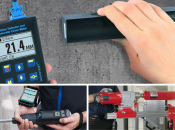
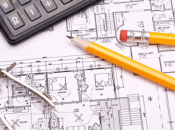
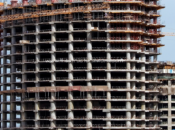

It’s great that you mentioned that the structural engineering consultant should check the building’s steel reinforcement to ensure that it matches the footing or foundation schedule. My dad is having a commercial building constructed in a year or two. I’ll share this article with him, so he knows the importance of hiring a structural engineering consultant. Thanks a lot!
Site inspection of Engineering Consultants is an SOP during construction. Thanks Levi!
Hi,
Your article is an invaluable source of information. I was reading your article on “The Structural Engineer’s Site Inspection Checklists”, and I found it so helpful, I really enjoy the way you detail out the importance of site inspection for Structural Engineers. You seem like someone who knows their stuff, thank you for writing it. Roofing Service Kamloops is looking forward to seeing such a great article like this one! As a follow-up question, does the job require frequent site inspections?
This is an article that is well written by a core professional in the field, its sure very usefull
Yup, you certainly got my attention when you mentioned that we must abide by all the local regulations and laws if we plan to excavate an area. My aunt has been thinking lately of expanding the irrigation system in her fruit orchard and she asked my opinion about it. I guess it’s time for her to hire someone professional to manage the subsequent procedures later.
Yeah, consulting professionals to do the job would be your best option.